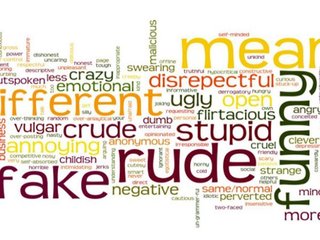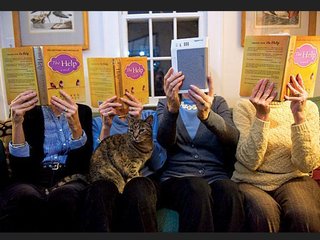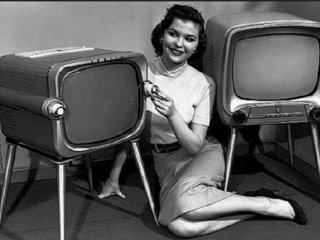The FDA outlines draft guidance on AI for medical devices
The agency also published draft guidance on the use of AI in drug development
Read more...
In every field and industry, there are going to be purists who insist that the Internet in general and social media in particular should have no bearing on a finished product. I freely admit to having been one of those people in the past, specifically in regards to literature. It’s art, damn it! Literature comes from the brain of a genius, to be marveled by the masses! And then I read Fifty Shades of Grey.
I’m going to stop short of calling the trilogy of books “literature,” but they represent a groundbreaking merger of the arts and technology. Initially written as Internet fan-fiction (Twilight fan fiction, no less), the storyline and characters all evolved in response to online readers’ thoughts and opinions—many of whom didn’t approve of a BDSM version of the Bella and Edward romance. The author, E.L. James, ended up rewriting the characters and the storyline as a result, and the books went viral. Later published by Random House, the books’ virality as “mommy porn” continued to spread by word-of-mouth as female readers recommended it to friends. I read the first book last summer and it was sort of like my boyfriend for a while…
The Internet—particularly the rise of social media—has changed the very definition of art. [Note: I REALLY am not calling Fifty Shades of Grey art. I promise.] A report released Friday by the Pew Internet & American Life Project shows that most of the major art organizations in the U.S. agree. In a survey of 1,244 arts organizations that have received grants from the National Endowment for the Arts (NEA), a full 77% of respondents agreed that the Internet has played a major role in broadening the boundaries of what is considered art.
The report reveals an interestingly mixed response to the Web and its uses in the art world. Among the positives, 83% of the organizations surveyed say that the Internet and digital technologies have made their audiences more diverse. Additionally, 78% say that these technologies are “very important” to their organization for increasing audience engagement.
Several organizations also said that social media helps them clarify what they do, communicate with alumni and patrons, and makes it possible for patrons to communicate with each other and for messages to spread virally. This has resulted in increased attendance at events, more ticket sales, increased public awareness, and an ability to support fundraising efforts.
But there are some caveats. The most common negative outcome of these technologies, according to respondents, is unfiltered public criticism of an organization. Facebook, Twitter, and of course Yelp have all given audiences platforms through which to air their grievances—justified or not. But for the most part, the organizations surveyed say they’ve been able to cope with the criticism and turn it into a learning opportunity.
There’s another interesting concern among art organizations: a full 40% agree that digital technology is negatively impacting audience members’ attention spans for live performances. And fully 71% agree that digital distractions such as ringing cell phones and texting are a significant disruption to live performances.
But on a practical level, the Internet offers a wealth of handy tools for reaching potential audience members. “We can reach more patrons, more frequently, for less money,” said one respondent. “That’s been a huge change in the 30 years I’ve been in the business.”
Image source: ksu.edu
The agency also published draft guidance on the use of AI in drug development
Read more...The biggest focus areas for AI investing are healthcare and biotech
Read more...It will complete and submit forms, and integrate with state benefit systems
Read more...



